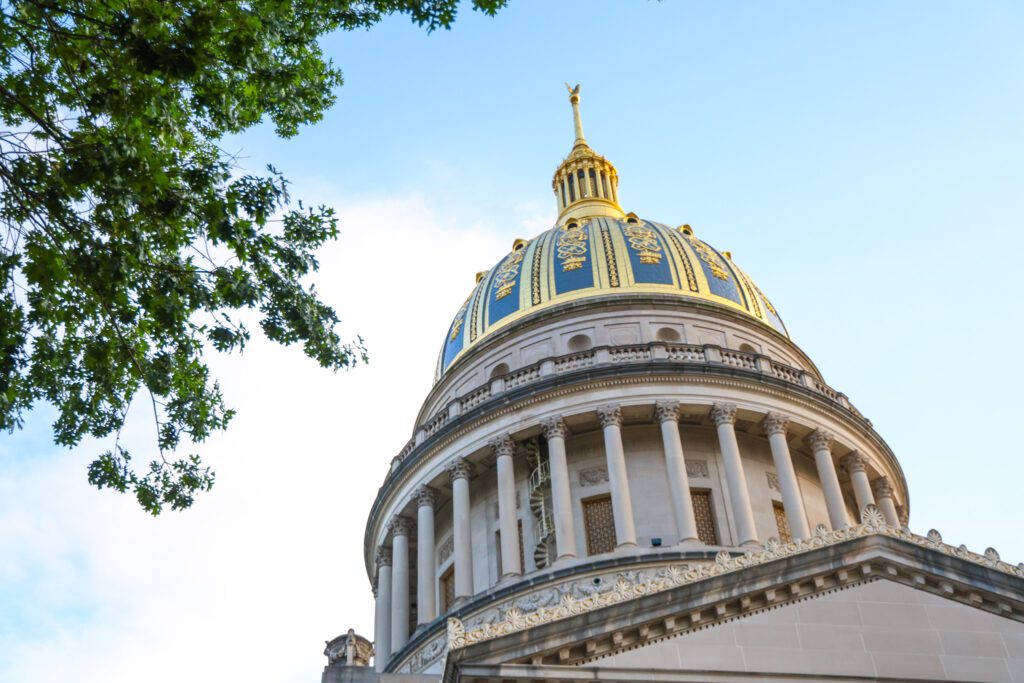MORGANTOWN, W.Va. — Declining populations, school consolidation, and more education choices are pushing the state public school system to reform. That process could begin to take shape during legislative meetings that begin Sunday.

The growth of the Hope Scholarship, homeschooling and the emergence of the charter system have steadily chipped away at public school enrollment.
Del. Joe Statler, R-Monongalia, the vice-chair of the House Education Committee, said adding options has been important to voters, and lawmakers have answered those calls.
“A lot of people believe the state legislature is trying to do away with public education altogether,” Statler said on MetroNews “Talkline.” “I don’t know of anyone that has that feeling, but I do believe there is a lot of support out there for school choice.”
State Board of Education President Paul Hardesty acknowledged the financial pressure the options have placed on the public school system and called for changes to the state funding formula and the state code that governs public education.
The long overdue reform of West Virginia Code Chapters 18 and 18A, governing the operation of public schools, just hasn’t been addressed by the state legislature, according to the president of the West Virginia Chamber of Commerce Steve Roberts.
“We’ve fooled around with this for a very long time, and I can name governor after governor after governor who has introduced legislation to improve our public schools and to work on chapters 18 and 18A of the West Virginia Code, and it’s not getting done,” Roberts said Friday on MetroNews “Midday.”
Statler said lawmakers are soliciting input from the education community, but so far there has been none. He stressed they are willing to listen to the unions, administrators and statewide education leaders.

“I’m telling you what—crickets make more noise at night than what we heard back from the people,” Statler said. “So, I don’t think they’re not interested; maybe they’re still studying it—18A is 1,342 pages.”
The current state funding formula for public schools places emphasis on enrollment numbers over other factors. Statler has reviewed the formulas from Alabama and Mississippi and plans to share the formula from the state of Tennessee during legislative interim meetings.
“It has actually increased the budget for education—now is that a good thing or a bad thing?” Statler asked. “It all depends on what your goal is heading into all this, so I’ve warned them ahead of time.”
The sense of urgency grows as headcounts drop and districts continue consolidation. Now, it would appear the changing education landscape will be the spark lawmakers need to act.
“This is not really criticism of anybody; it’s just recognition that we’re not where we want to be, and we’re spending a lot of money, as everybody has pointed out,” Roberts said. “How can we do a better job? How can we do better for our students? should probably be the question we’re asking.”
The Joint Standing Committee on Education meets during interim legislative meetings at 4 p.m. Sunday. Most of the talks over the next few days may be more informal.

